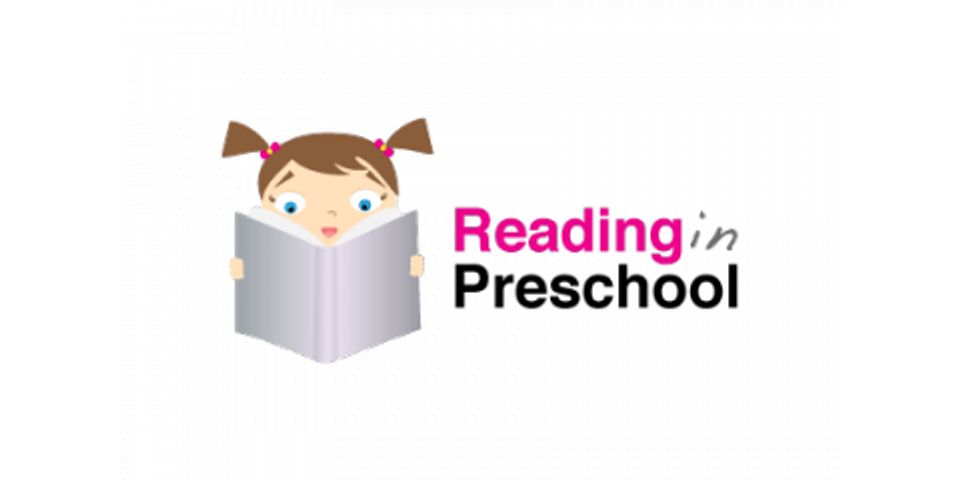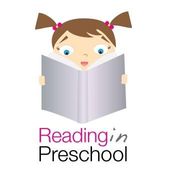From An Educator's Brain: Fixing Children's Reading Mistakes! 1/3

Children who are learning to read make mistakes, and those mistakes need to be corrected. However, it is up to the educator, be it a parent or teacher, to make it an uplifting or potentially destructive experience. It cannot be understated that learning to read can be fraught with anxiety, if not handled by a knowledgeable educator. I stress that I refer to both parents and professionals by that title. I hope that sharing the following three tips will help educators in the home or classroom to reflect on their practices and adopt a mantra similar to mine, “Love mistakes, Love them when I make them and love them when you make them because mistakes are the only way we learn.”
- Do not correct in the moment
Naturally, there is a time and place to help a student to correct their error, but while they are in the midst of reading is not the time to do so. Neither adults nor children like to be interrupted while speaking or reading, especially not to hear a criticism, no matter how gentle or helpful it might be. The correct time to point out a mistake is not always a hard and fast rule, it depends on several factors. I usually use the following question to figure out what my optimal correction is:
Did the mistake change the meaning of the sentence or make it illogical?
(rolled)
Ex: John and Mary rocked down the hill
If so, as in the example above, I will wait until the student finishes the sentence completely then hold a moment to see if they realize their own error. Often a student will correct themselves if they are given adequate time. If the student does not self-correct the error, I will ask them to read it again and listen closely because “I think the author may have written something a little bit strange”. Note how my correction removes the student from my assessment of the issue. My goal is not to appear to be judging the student on their errors. The goal is to convey that I am aware of mistakes but do not want to place any blame. Students will inevitably come to the correct answer if they are reading an appropriately leveled text and after self-correcting will feel increasingly confident in their own abilities.
This discussion will be continued in part 2 where we will begin by discussing trickier errors that make logical sense but are not the verbatim reading of what the author wrote.
The author, Adam Columbia, has been living and teaching in New York City for several years. Adam works as a teacher with Reading in Preschool, a NYC based tutoring company providing high quality early childhood education for children ages 3 to 10. For more information about working with Reading In Preschool, please contact info@readinginpreschool.com or visit www.readinginpreschool.com.
About the Business
Have a question? Ask the experts!
Send your question

